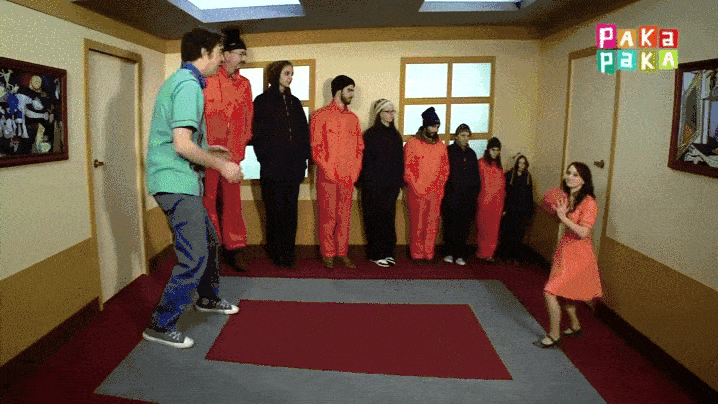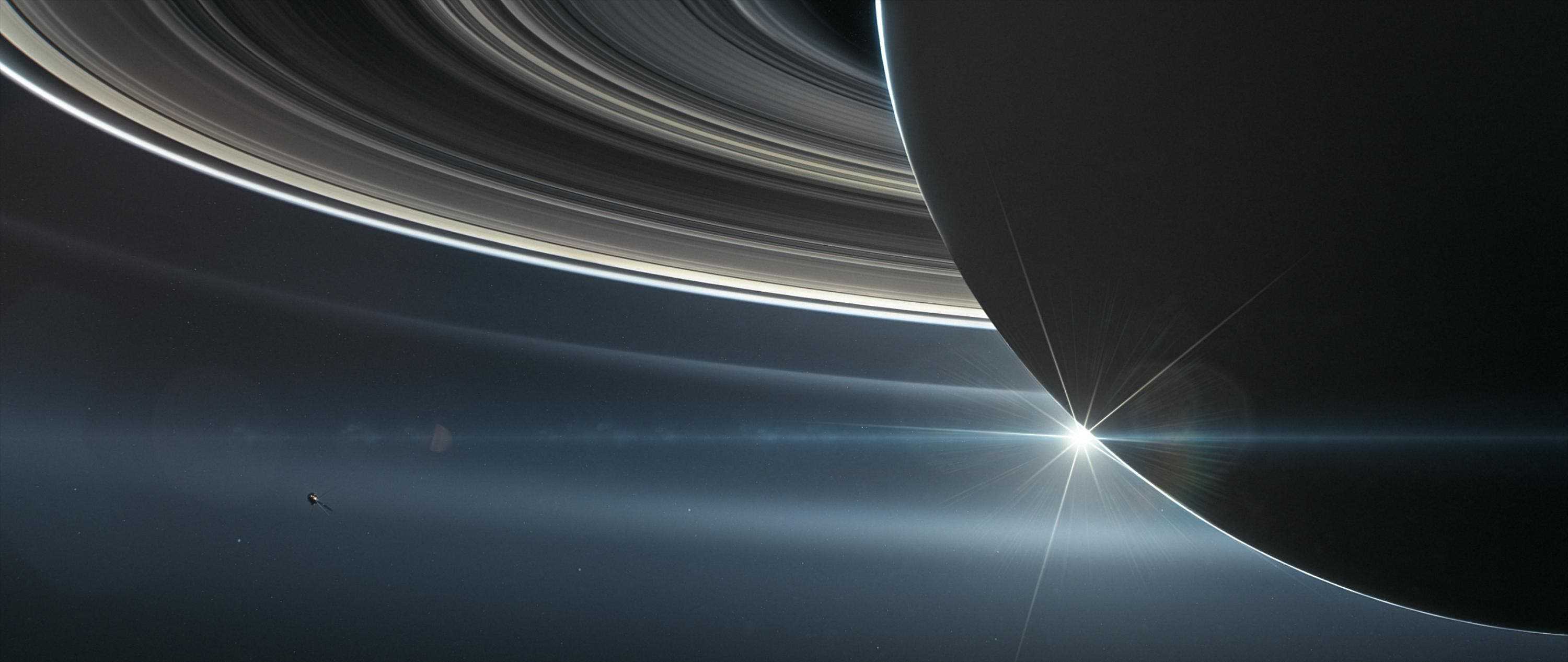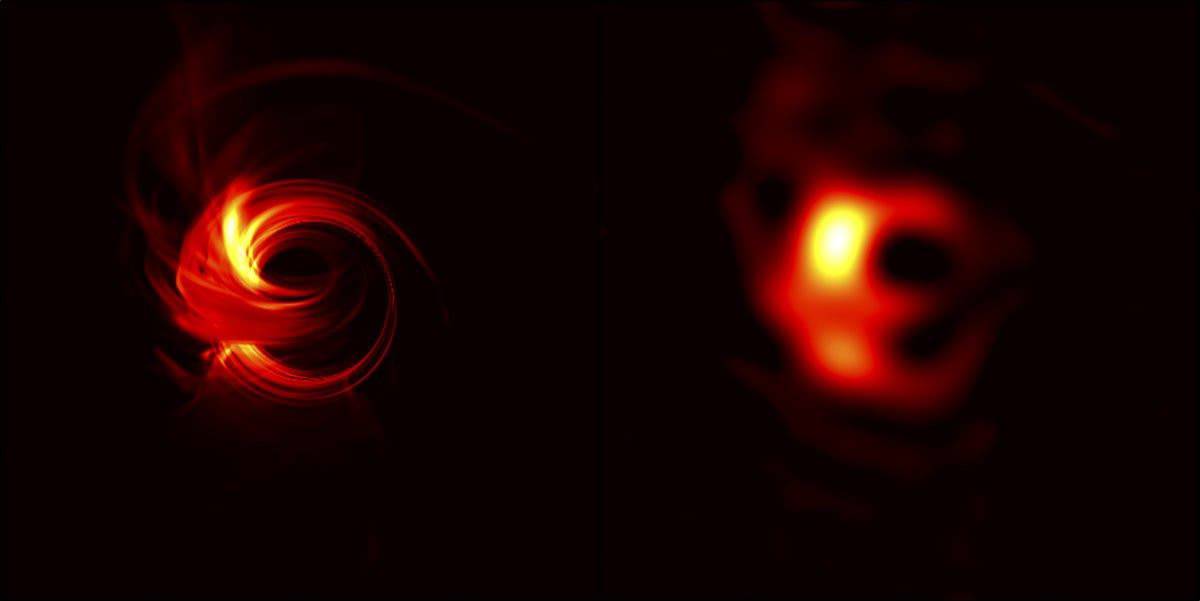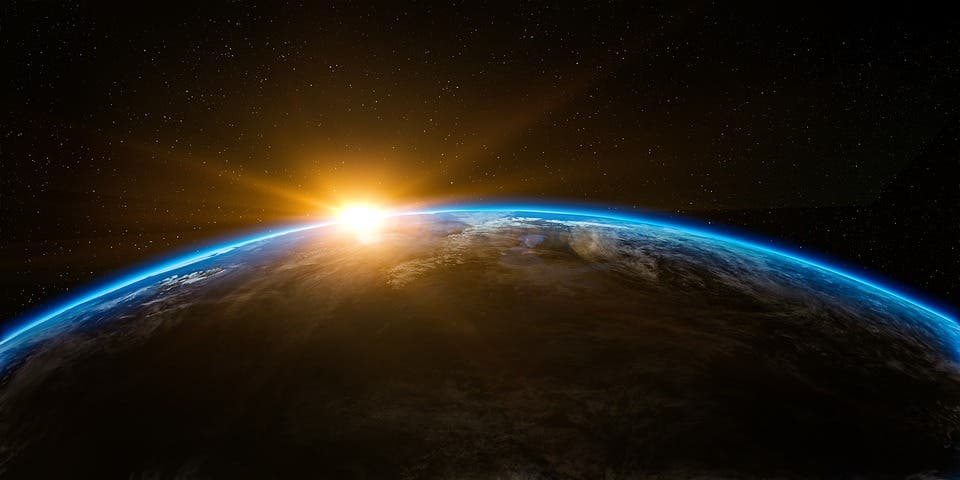What was the greatest illusion of 2019? Was it that you’ll finally ‘get in shape at the gym’? Was it true love? Both have their merits but, according to the Best Illusion of the Year contest, it was actually a moving shape that (frustratingly enough for my brain) seems to rotate in all directions at once, created by game developer and artist Frank Force.

The contest is a yearly event run by the Neural Correlate Society (NCS), a nonprofit that aims to promote scientific research into the neural correlates of perception and cognition.
Seeing is believing
“How we see the outside world — our perception — is generated indirectly by brain mechanisms, and so all perception is illusory to some extent. The study of illusions is critical to how we understand sensory perception, and many ophthalmic and neurological diseases,” the NCS explains.
The contest is ran “democratically”, according to the NCS, with the first, second, and third places being awarded by an online vote.
Force’s “Dual Axis Illusion” won this year’s first prize, and it’s easy to see why: the more you look at it, the weirder it gets. Force helps inch the illusion along through the use of colored lines that highlight how his creation works.
So, without further ado, here it is in action:
Like all optical illusions, Force’s creation hijacks our brain’s tendency to cut corners when interpreting sensory data — sight is especially well-suited to this task. Our brain’s interpretation of sight is built on a huge amount of individual bits of information that the brain tends to treat as a meaningful whole to simplify the process. Force expertly abuses that process by adding and removing contextual information, such as the colored lines that temporarily appear on the screen, or by anchoring your perception on key elements of the shape — in this case, where the lines overlap.
It’s surprising to see the sheer extent to which these cues shape my perception of what is fundamentally a two-dimensional black line on a white background. Practically speaking, there is no volume to this image and no real rotation happening — but Force can still make me perceive them, and then turn that perception on its head.
And I love it.






